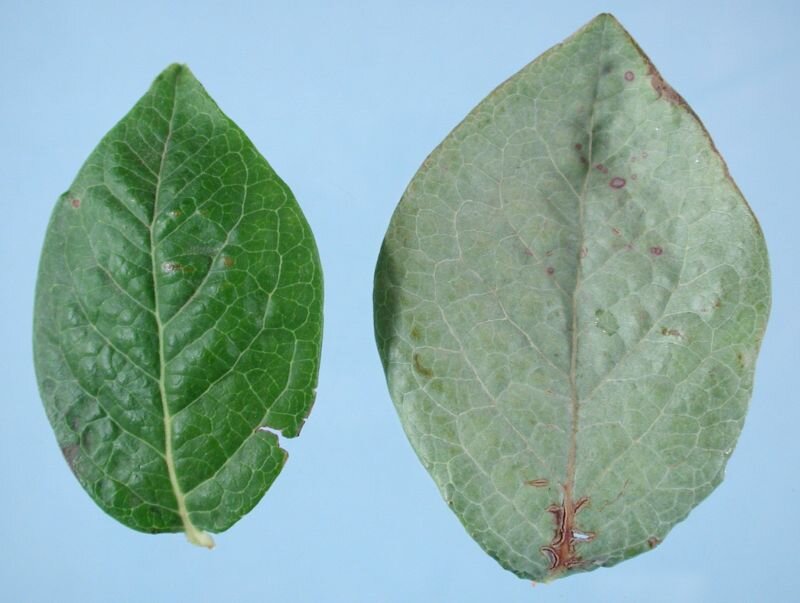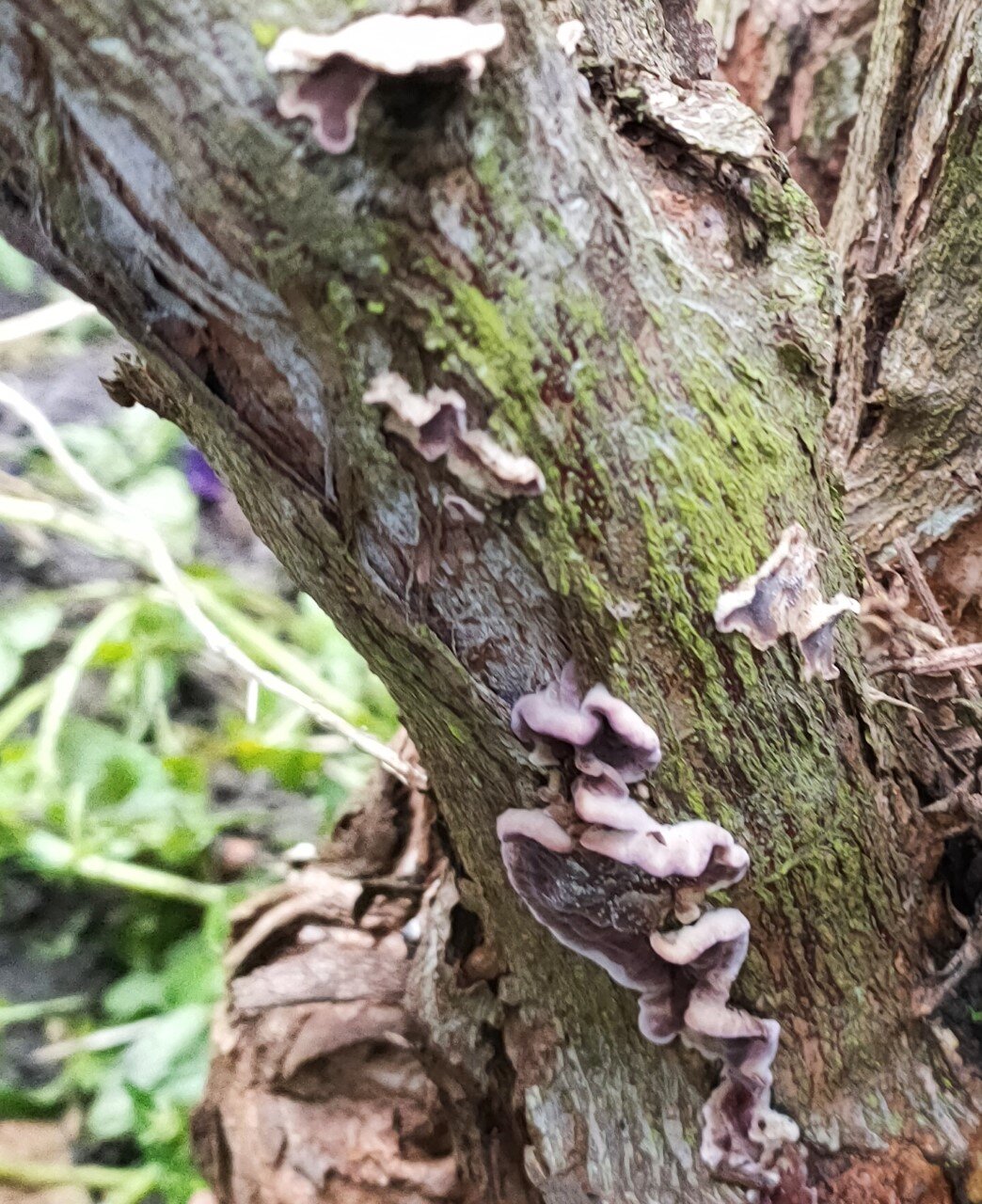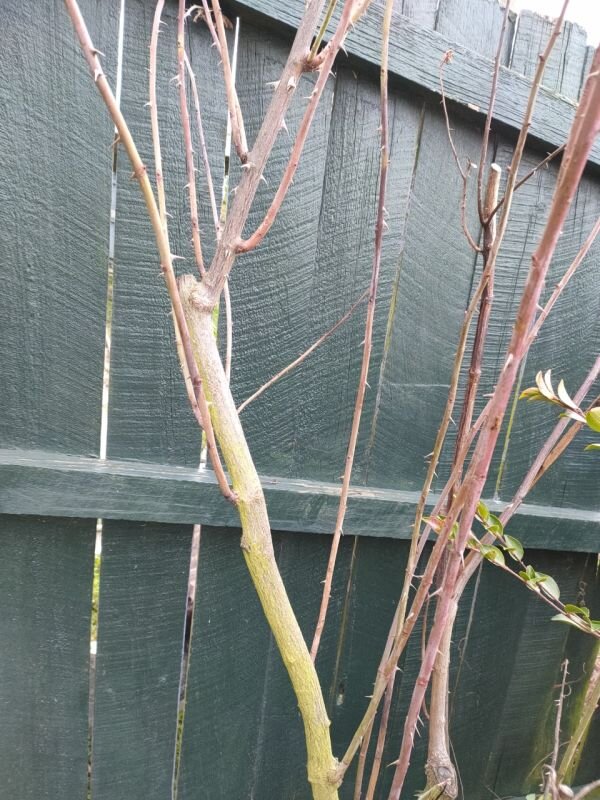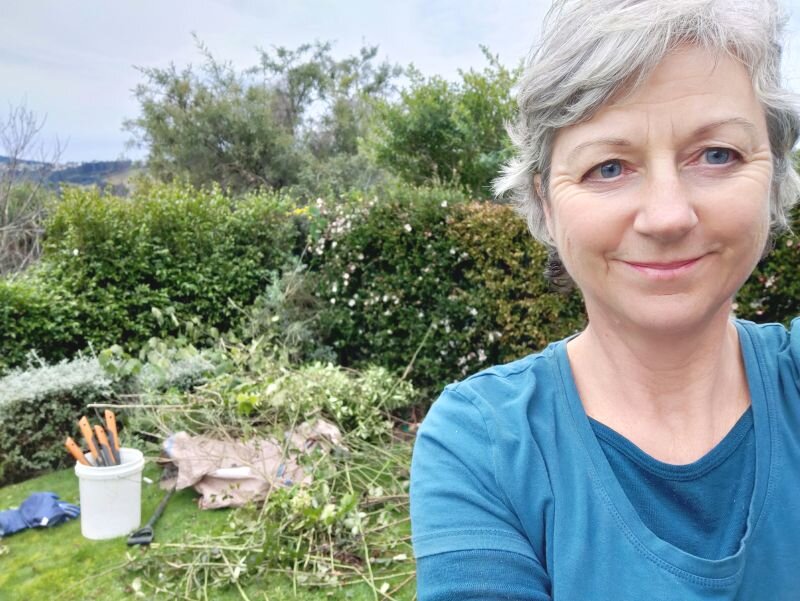Keep a watch for diseases
/It is my favorite time of year in the garden when I am currently working through a list of clients’ roses winter care regime. It is a time for me to also do a health check and I always ask my lovely clients, '“how have your roses performed this year?”. Some times this simple question reports some unusual performances in the plants and an opportunity for me to advise them how to get the best out of these long-living shrubs and climbers for next season.
Unfortunately, one client this year reported the near-death of a usually, extremely vigorous rose, and also an almost 10 year old medlar tree. During my investigation, I also noticed one camellia in a hedgerow of 7, very yellow and less vigorous than the other.
My first thought was poisoning, usually a well meaning gardener or neighbor, spraying the weeds with herbicide. Roses in particular are extremely sensitive to herbicides, and the faintest whiff will severely affect them.
Herbicide ‘overspray’ is usually showing dieback and shrivelled leaves from the tips of the branches and then withered new growth., often chlorotic patterns on the leaves. However, this rose I inspected, had dieback from lower down on the branch and seemingly working its way outward.
The next interesting feature on the rose was a collection of fungal growths on the dead stems. From whitish fungal fruiting bodies, to mushroom coloured patches of fungus.
If I had seen the leaves of the plants during the growing season, I am sure there would have been chlorosis (yellowing), stunted growth and silvered leaves, the latter being the first signs of Silver Leaf, a fungal disease very toxic to plants many trees and shrubs.
Sadly, these plants will be removed due to the extent of the damage, and to reduce the risk of spreading this fungus to the rest of the garden. Affected plant material will be burned or bagged and disposed of. After working on any infected plants, all tools will also be thoroughly cleaned with antiseptic/alcohol wipes and re-oiled to prevent them from rusting. this will help prevent further spread of the disease.
If a plant is suspected to have Silver Leaf, any obviously affected parts should be cut out. A soil additive called Trichoderma, and a good compost, should be worked into the ground around the plant’s roots. Trees can have small dowels of Trichoderma inserted into the trunks. Trichoderma is like a probiotic for the plants and helps to combat the effects of the Silver Leaf.
Plants under stress often succumb to more diseases and pests. Check any weaker plants’ environment for a healthy soil, the correct amount of sun/shade and not too much, or too little, water with good drainage. .
The previous two winters have been warmer than average, plus we have had more extremes of drought, then long periods of rainfall. Unfortunately this has presented our gardens with a more challenging environment and a higher level of diseases and pests which we are not used to seeing in the cooler south.
So do not fret a cold winter this year, it will benefit the garden enormously! If you would like a health check of your garden or help with the best way to manage your garden and plants, go to my contacts page for more information.







